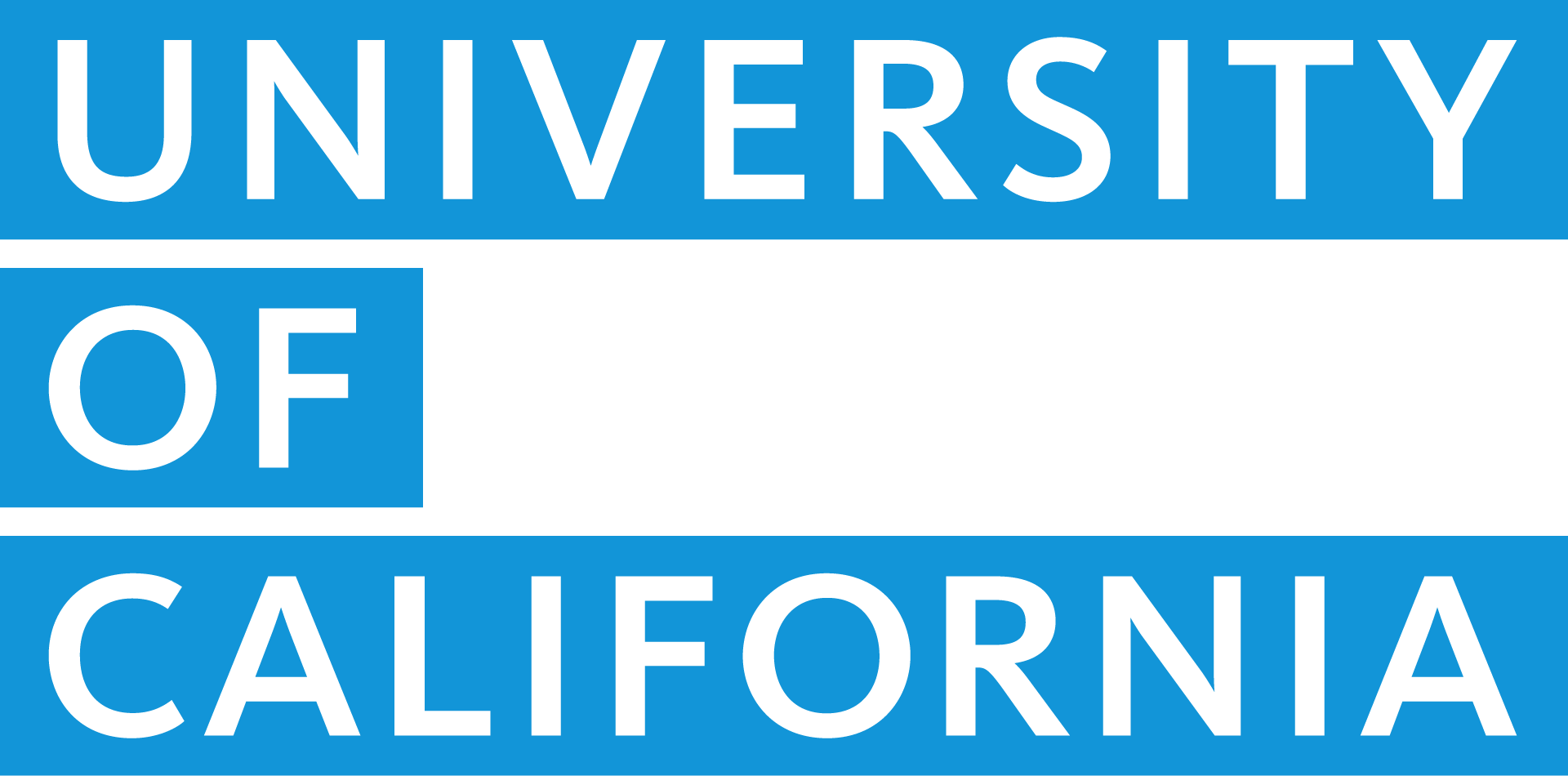Tax season is coming and scammers soon will be sending fraudulent emails that look like legitimate tax communications. The IRS reports that thousands of people have lost millions of dollars to tax scams.
Be alert
You can protect yourself from becoming another victim by being cautious. Check out IRS alerts about common tax scams and be on alert for the following:
- Any message asking for W-2, 1099-R or other tax information
- Authentic-looking emails impersonating UC communications that offer access to your W-2, 1099-R or other tax information via an attachment or hyperlink
- Messages that look like they are from executive management requesting copies of employee W-2 or 1099-R forms for review purposes
- Any messages that encourage you to click on links, ask for passwords or other private or confidential information
- Unexpected phone calls about such messages, including ones that ask you to install software
Your 2018 UC W-2 or 1099-R statement
As a reminder, here’s how you will receive your 2018 W-2 or 1099-R from UC:
- Printed W-2 and 1099-R forms will be mailed by Jan. 31 to the address you have on file. UC will send you a printed form unless you request an electronic version.
- Electronic W-2 and 1099-R forms will be available for viewing on At Your Service Online (AYSO) by Jan. 31, depending on your location, and on UCPath by Jan. 25. Employees at UCLA and UC Santa Barbara, the locations that transitioned to UCPath in Fall 2018, can view their 2018 W-2 statements on either their AYSO or UCPath account. Please note that these employees may receive two copies of their W-2 form.
- Though the deadline to request electronic delivery of your 2018 forms has passed, sign in to your benefits account to request electronic delivery of next year’s tax statements.
Please note that UC does not send actual tax statements to employees or retirees by email or text. If you have requested an electronic statement, you must log in to UCPath or At Your Service Online (AYSO) to view it. If you receive an email or text that has an attachment for viewing your tax statement, it is a phishing scam designed to gain your private information. Do not open any attachments or click on any email links.
Protect yourself
Here are additional steps you can take:
- To access your W-2 or 1099-R statement, go directly to your benefits account instead of clicking on a link in any email from any sender.
- Use known contact information (such as a phone number or email listed on a UC directory) to verify any request for W-2 or other tax information before providing the information — even if the message looks like it’s from someone you know.
- Do not reply to emails asking for your password or SSN.
- Familiarize yourself with the IRS’ current list of tax scams so you recognize them.
But don’t stop there. Here are eight important cybersecurity habits to help protect your information, your family and your work, and reduce your risk of getting scammed.
